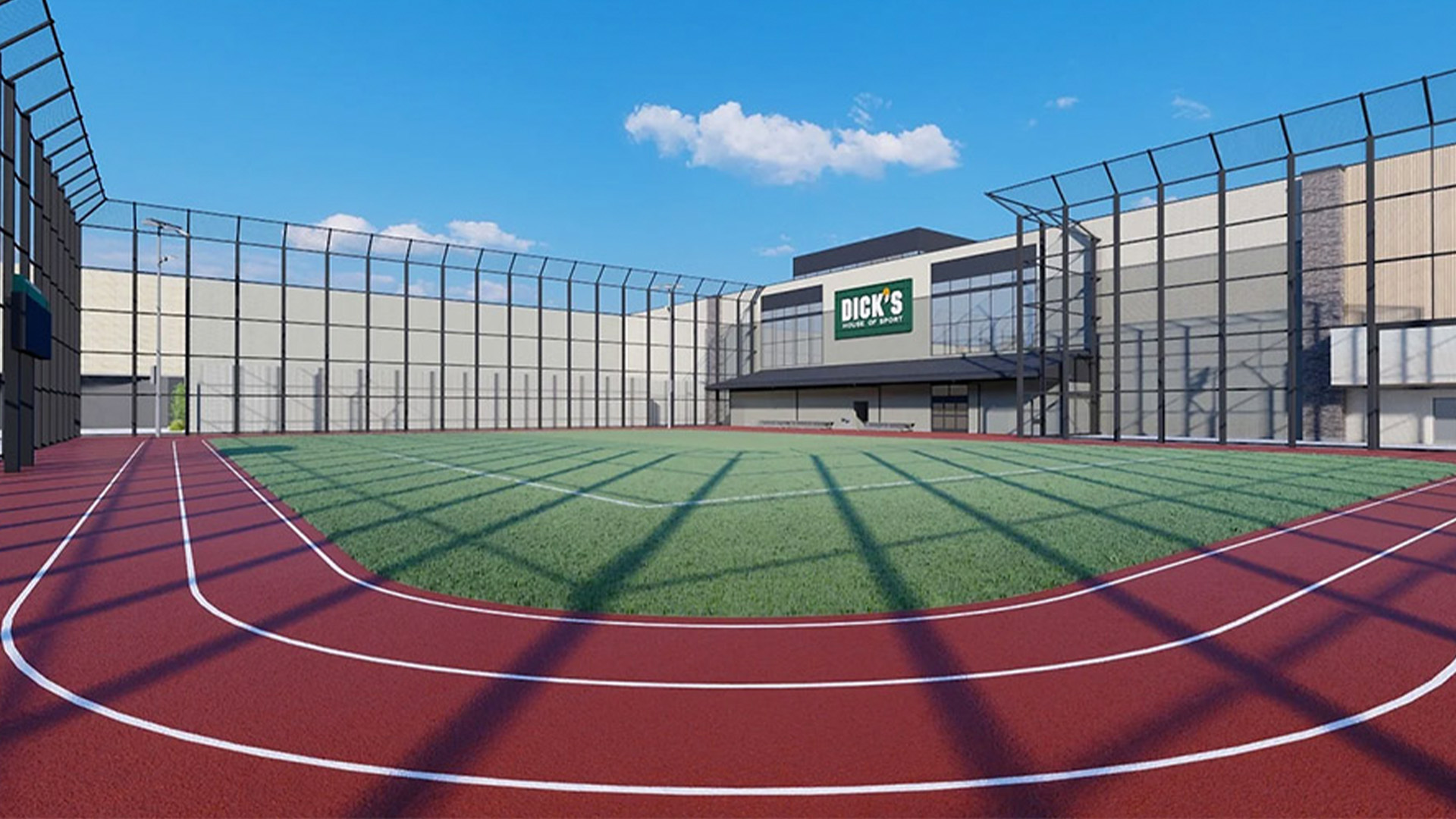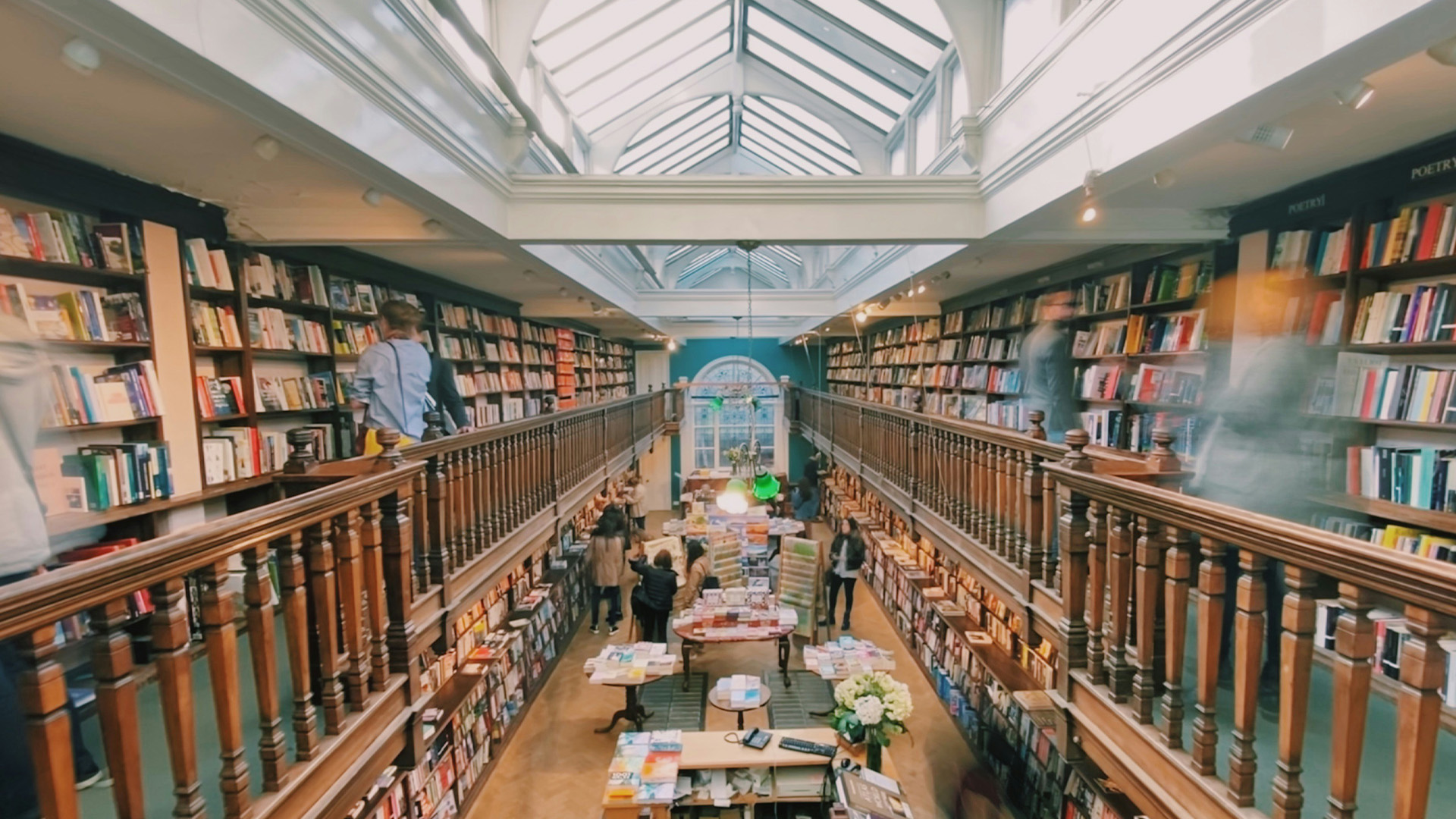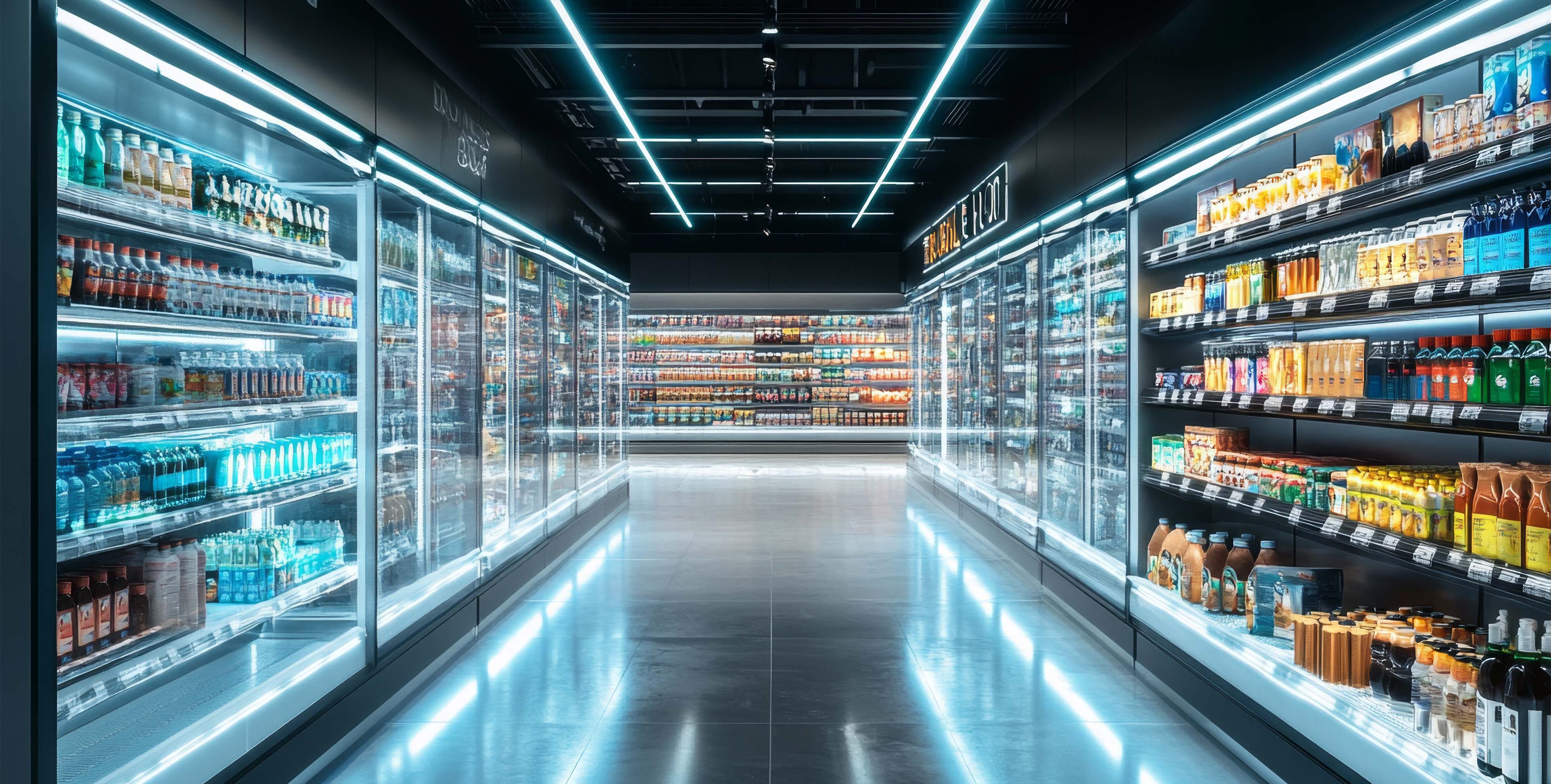Editor's Note: A version of this article was first published on Retrofit Magazine
When today’s shoppers get off the couch and drive to a shopping center or mall, they are more likely to prioritize stores that offer novel and engaging experiences. Convenience still matters, but when Amazon or Walmart can drop a new pair of jeans on your doorstep in hours, their brick-and-mortar competitors need to do more than stack merchandise to the rafters.
When moving ahead with retrofit projects, some retailers have a strong opportunity to turn uninspiring, utilitarian spaces into stronger draws. To pull off these transformations, they could consider stealing a page or two from the hospitality sector, which encompasses experience-oriented projects like bars, resorts, casinos, boutique hotels, fine-dining restaurants and outdoor and indoor entertainment venues.

Imagine the journey
If people currently use your space mostly to browse and shop, then what added experiences would be likeliest to spur them to visit the store more frequently, stay longer and spend more money? For Dick’s House of Sport, the answer is things like rock walls, batting cages, putting greens, pro shops and even outdoor courts and fields. The national sporting goods retailer bills its new, large-format House of Sport concept as “a place to connect and play … It’s more than a store. It’s an experience.”
Bear in mind that different customer segments will use spaces differently. If a neighborhood restaurant adds an arcade nook with all-new video games, the new space might attract young kids. If it also mixes in a nostalgia-themed nook with the likes of Space Invaders, Donkey Kong and classic pinball machines, both Gen Xers and their kids might become return visitors. Hospitality architects can work with retailers to zero-in on their most important customer segments and the kinds of experiences these patrons will love.
Focus on quality and authenticity
Luxury hotels and upscale restaurants routinely invest in higher-quality fixtures and finishes, and “sacrifice” square footage for architectural flourishes such as soaring atriums or rooftop decks. Higher-tier retailers might need to do something similar in their experience-oriented retrofit projects. The goal should be to avoid overspending while also making sure nothing feels tacked on. If a 1950s black-and-white pic of a Parisian café was your original inspiration, you don’t necessarily need to import wrought-iron furniture from the Left Bank. Affordable and sturdy domestic alternatives with a similar joie de vivre might be available as well other design elements or environmental impacts (sights, sounds, smells) that help reinforce the design imagery and feeling.
When it comes to staying authentic, look for natural ties between your store and local history, flora, fauna, cuisine and culture. Don’t hit people over the head in your efforts to “go local”—just a few references will do. And consider holding events that could allow you to shine a light on your strongest community connections.

With its cozy cafés, frequent talks by local authors and prominently placed local histories, the rebooted Barnes & Noble is winning high praise for achieving more of an indie feel. Designers can offer advice on using complementary lighting, color palettes, graphics and other elements to add panache to such efforts.
From the standpoint of site-planning, are your new, experiential additions easy to see and access, or do they feel closed off from the rest of the store? Could other guests, sights or sounds catalyze the experience or get in the way? What would the journey be like for someone who wanted to browse and buy, in addition to hanging out or having fun?
The answers to such questions will differ from concept to concept and store to store. The key is to put yourself in your customers’ shoes and think carefully about how to make the journey as comfortable and frictionless as possible—a cardinal rule in hospitality design.
Veteran architect James Owens (AIA, NCARB) is a VP at HFA Architecture & Engineering, which has worked with a Who’s Who of national retailers including Walmart, Target, Sally Beauty and Walgreens; james.owens@hfa-ae.com.





.jpg)

.jpg)
.jpg)



